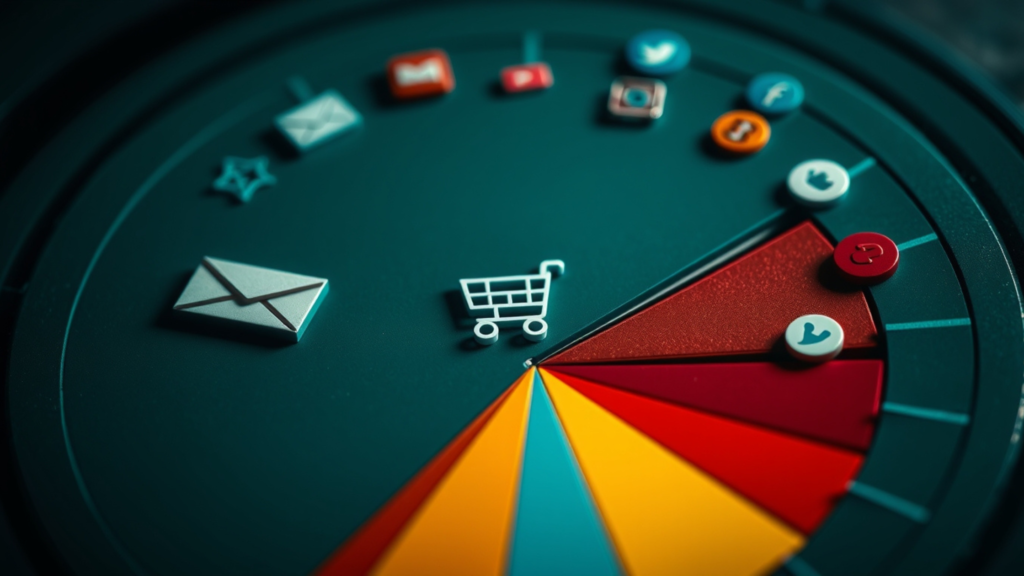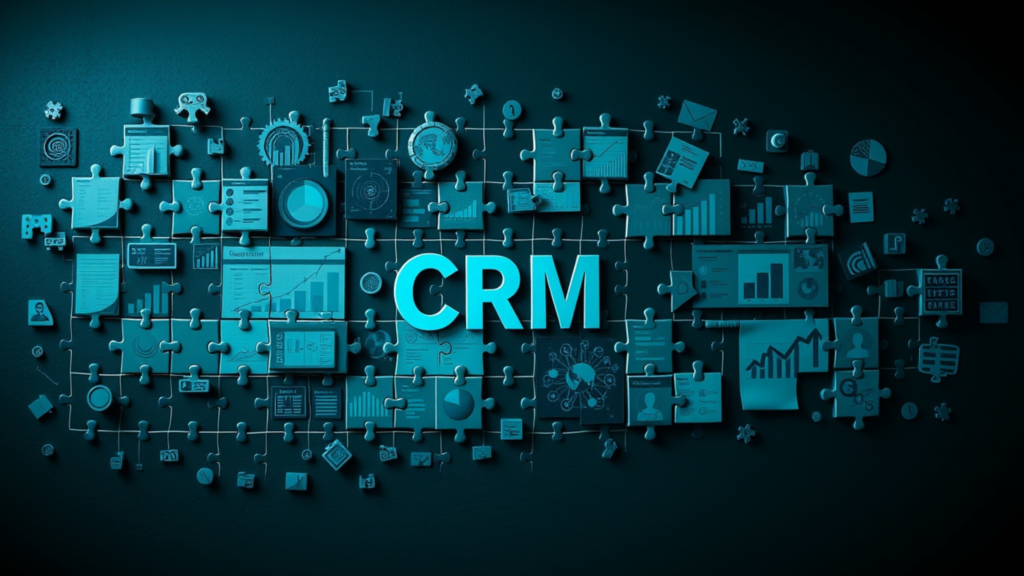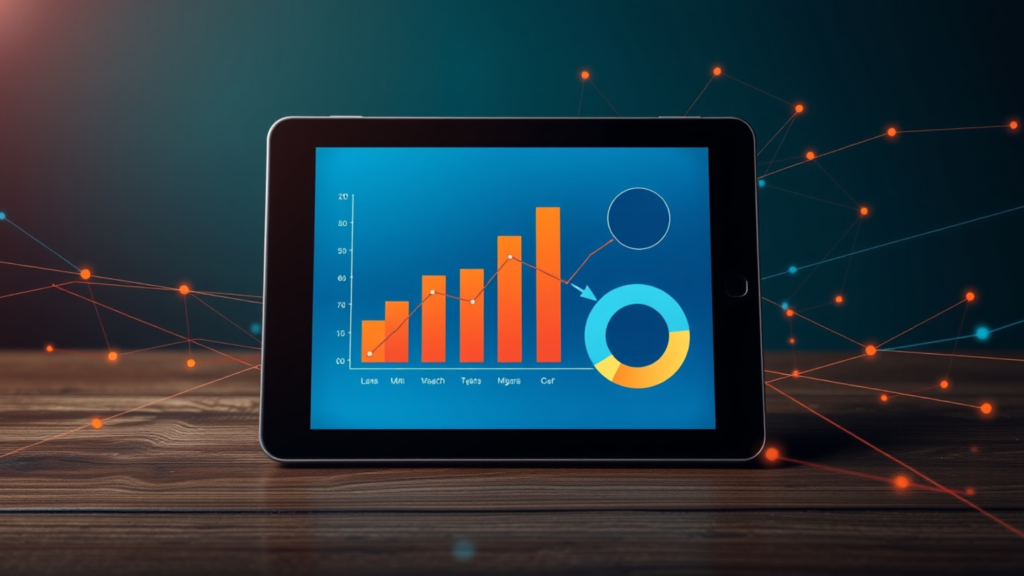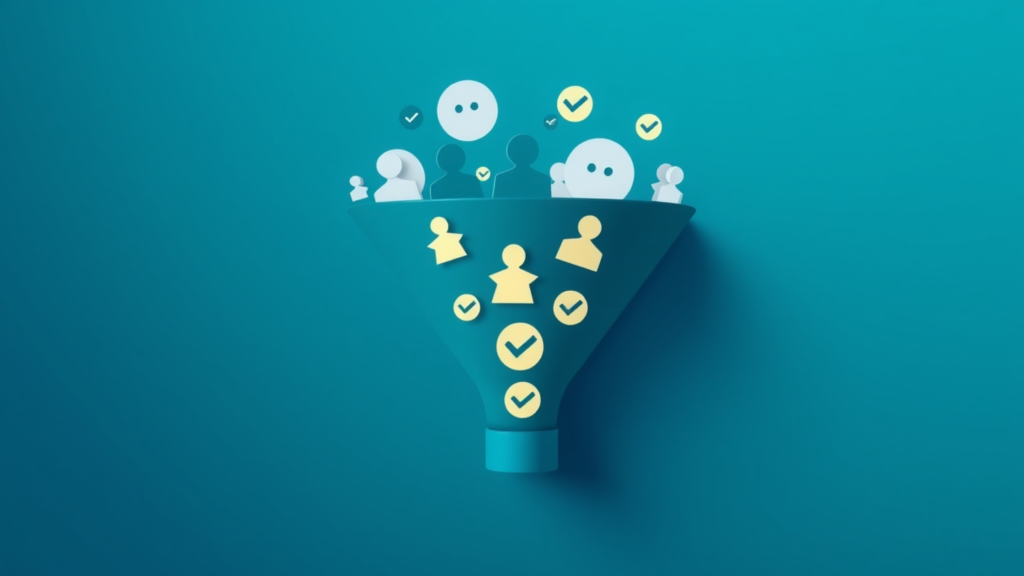10 Proven Strategies for Sales and Marketing Automation Success in 2025

As we look toward the future, sales and marketing automation stands out as a key driver for business success. With technology evolving rapidly, understanding how to effectively integrate these tools in 2025 is essential for staying competitive.
This guide dives deep into the top ten strategies to help marketing professionals, sales leaders, and business owners harness the power of automation to enhance efficiency and improve their return on investment.
Key Trends in Sales and Marketing Automation for 2025

AI and Machine Learning Innovations
- Detail: AI tools analyze customer data to predict behavior, personalize interactions, and optimize the customer journey.
- Impact: This leads to more efficient marketing strategies and increased customer satisfaction due to tailored experiences.
Increasing Role of Personalization
- Detail: Automation software uses data to customize messages across emails, websites, and social media.
- Impact: Personalization significantly enhances engagement by making customers feel understood and valued.
Integration of CRM with Automation Tools
- Detail: Seamlessly integrating CRM systems with automation tools ensures that all customer interactions are tracked and utilized effectively.
- Impact: This integration provides a unified view of customer activities, improving lead management and customer service.
Strategy 1: Leveraging AI for Enhanced Customer Interactions

- Explanation: Utilize AI to understand and anticipate customer needs, enabling proactive engagement.
- Example: A retail company uses AI chatbots to provide instant product recommendations based on customer browsing history.
- Guide:
- Implement AI chatbots to handle routine inquiries.
- Train AI models with diverse data sets to ensure accurate responses.
- Continuously update AI protocols based on feedback to improve interaction quality.
Strategy 2: Personalized Marketing at Scale

- Explanation: Apply data analytics to create detailed customer segments, which guide customized marketing messages.
- Case Study: An online bookstore used data-driven personalization to suggest books, resulting in a 40% increase in repeat customer purchases.
- Tutorial:
- Segment your market based on demographics, purchasing behavior, and engagement history.
- Develop targeted marketing campaigns for each segment.
- Measure the effectiveness of personalized campaigns and refine strategies accordingly.
Strategy 3: Optimizing CRM Integration

- Explanation: Enhance the automation of marketing and sales processes through CRM integration.
- Example: A B2B service provider integrates their CRM with email marketing tools to automate lead nurturing emails.
- Tips:
- Choose a CRM that integrates smoothly with existing marketing automation platforms.
- Map out key processes that can be automated via CRM, such as lead scoring and contact management.
- Regularly update and clean CRM data to maintain accuracy and effectiveness.
Strategy 4: Utilizing Chatbots for Customer Engagement

- Explanation: Deploy chatbots to provide immediate responses to customer queries, freeing up human resources for more complex issues.
- Impact Study: A travel agency introduced a chatbot, resulting in a 30% decrease in customer wait times and a 20% increase in booking conversions.
- Guide:
- Design chatbot dialogues that reflect your brand’s voice and customer service philosophy.
- Integrate your chatbots with backend systems to provide comprehensive and accurate information.
- Regularly review chatbot interactions to identify areas for improvement and update responses.
Strategy 5: Implementing Advanced Data Analytics

- Explanation: Use advanced data analytics to uncover insights that drive marketing strategies and business decisions.
- Case Study: A fashion retailer analyzed customer purchase patterns to optimize their inventory, reducing overstock by 25%.
- Tutorial:
- Set up key performance indicators (KPIs) to measure the effectiveness of marketing efforts.
- Use analytics tools to track and analyze customer behavior across multiple channels.
- Adjust marketing strategies based on analytical insights to maximize ROI.
Strategy 6: Enhancing Lead Generation with Automated Tools

- Explanation: Automating the process of capturing and nurturing leads to improve efficiency and effectiveness.
- Example: An IT company uses automated webinars to capture leads, increasing their qualified lead pool by 50%.
- Tips:
- Implement lead capture forms on your website and social media.
- Use email autoresponders to provide immediate follow-up.
- Set up lead nurturing campaigns that automatically send informational content based on the lead’s engagement level.
Strategy 7: Streamlining Content Delivery with Automation

- Explanation: Automate content distribution across digital platforms to ensure consistent and timely publication.
- Case Study: A health and wellness blog automated its social media posts, leading to a 20% increase in follower engagement.
- Guide:
- Use scheduling tools to plan and automate content releases.
- Monitor engagement metrics to adjust scheduling for optimal impact.
- Tailor content formats to suit different platforms while maintaining a cohesive brand message.
Strategy 8: Sales and Marketing Team Alignment

- Explanation: Foster collaboration between sales and marketing teams to ensure unified strategies and goals.
- Tutorial: Regularly schedule interdepartmental meetings to discuss upcoming campaigns and results from recent efforts.
- Tips:
- Create shared goals and metrics for sales and marketing to pursue together.
- Utilize collaboration tools to share updates, documents, and feedback seamlessly.
- Celebrate shared successes to build team morale and encourage cooperative efforts.
Strategy 9: Budget Optimization for Automation Investments

- Explanation: Strategically allocate budgets to invest in automation technologies that provide the highest returns.
- Example: A digital marketing agency reallocates funds from underperforming channels to automation tools, increasing campaign effectiveness by 35%.
- Tips:
- Conduct a quarterly review of all marketing and sales automation tools to assess their ROI.
- Prioritize investments in tools that enhance customer experiences and streamline operations.
- Consider phased implementations of expensive technologies to manage costs effectively.
Strategy 10: Preparing for Future Automation Trends

- Explanation: Stay ahead of the curve by keeping informed of emerging technologies and integrating them into your strategy.
- Forecast: The use of virtual reality in digital marketing is expected to grow, offering new ways for customers to interact with products.
- Guide:
- Subscribe to industry newsletters and attend webinars to stay updated on new technologies.
- Experiment with pilot projects to test new technologies before full-scale implementation.
- Train your team on upcoming automation tools and techniques to ensure readiness.
Conclusion
This detailed breakdown provides actionable steps and thorough insights for each strategy, aiming to equip businesses with the knowledge to implement effective sales and marketing automation solutions tailored to their needs in 2025.

Why Saletancy is the Best Sales and Marketing Company
Saletancy stands out as a trusted partner for businesses seeking effective sales and marketing solutions. With a focus on delivering measurable results, Saletancy combines expertise with tailored strategies to meet unique business needs.
Key Reasons to Choose Saletancy:
- Comprehensive Solutions: Saletancy offers end-to-end sales and marketing services, including lead generation, digital marketing, and CRM integration.
- Client-Centric Approach: The team takes time to understand your business goals and designs customized strategies for sustainable growth.
- Experienced Professionals: With a skilled team of marketing and sales experts, Saletancy ensures every campaign is executed with precision and professionalism.
- Innovative Technology: They leverage cutting-edge tools and platforms to automate workflows, improve efficiency, and enhance customer engagement.
- Proven Track Record: Saletancy has successfully helped businesses across industries achieve their sales and marketing objectives.
Saletancy is a dependable choice for organizations looking to streamline their operations and strengthen their market presence through tailored strategies and expert guidance.
FAQ: 10 Proven Strategies for Sales and Marketing Automation Success in 2025
What is sales and marketing automation?
- Sales and marketing automation involves using software to automate sales and marketing activities such as email marketing, CRM updates, lead scoring, and customer segmentation to improve efficiency and effectiveness.
How does marketing automation benefit a business?
- Marketing automation helps businesses increase operational efficiency, enhance customer engagement, improve lead conversion rates, and achieve better ROI by automating repetitive tasks and personalizing customer interactions.
What are the best marketing automation tools for 2025?
- The best marketing automation tools for 2025 include HubSpot, Salesforce, Marketo, and ActiveCampaign. These platforms offer advanced features like AI-driven analytics, integration capabilities, and personalized marketing options.
How can small businesses start with marketing automation?
- Small businesses can start with marketing automation by:
- Identifying tasks that require automation such as email campaigns and social media posting.
- Choosing an affordable marketing automation tool that fits their budget and needs.
- Setting clear goals for what they wish to achieve with automation.
- Gradually scaling automation efforts as they grow.
What are the common challenges with marketing automation?
- Common challenges include data integration issues, lack of quality content, managing software complexity, and training staff to use automation tools effectively.
How does AI enhance marketing automation?
- AI enhances marketing automation by providing predictive analytics, personalization algorithms, and chatbots that can lead to more effective campaigns and improved customer experiences.
What metrics should be tracked to assess the success of marketing automation?
- Key metrics include conversion rates, engagement rates (clicks and opens), ROI from automated campaigns, customer lifetime value improvements, and lead generation rates.
Can marketing automation help with lead nurturing?
- Yes, marketing automation can significantly enhance lead nurturing by automating touchpoints based on user behavior, segmenting leads based on their actions, and delivering timely, relevant content to move leads through the sales funnel.
What are the latest trends in sales and marketing automation?
- The latest trends include the use of AI and machine learning for better targeting, increased use of omnichannel strategies, and the integration of automation tools with other business systems like ERP and e-commerce platforms.
How do you choose the right marketing automation platform?
- Choosing the right marketing automation platform involves:
- Assessing your business needs and marketing goals.
- Comparing features and scalability of different platforms.
- Considering the integration capabilities with existing tools.
- Evaluating user reviews and pricing options.